In the 90s, In Living Color was a hilarious sketch comedy giving the stalwart veteran show Saturday Night Live a run for its money. Indeed, with a powerhouse cast containing the likes of Keenan Ivory Wayans, Damon Wayans, Jamie Foxx, and Jim Carrey (nee James Carrey), many an illustrious career was launched on the FOX program.
At the time, there were several standout, unforgettable, quotable skits and characters that permeated the mainstream and found themselves in posters, on t-shirts, and other such merchandise. Looking back now, however, it’s clear that some of the most famous skits from the sketch comedy are a bit problematic in the more woke 21st century. Here is a list of 5 of the most timeless In Living Color skits, as well as 5 skits that need to stay back in the past where they belong.
Timeless: The Music Video Parodies
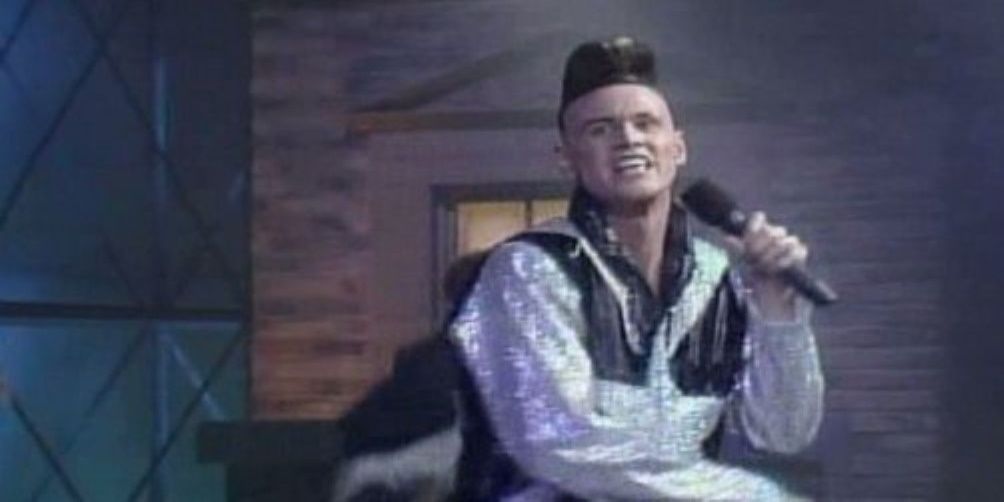
This is a bit of a catch-all for any of the humorous music videos the In Living Color cast would perform to the most popular songs and artists of the time. Some examples of lampooned artists include: Whitney Houston, Tracy Chapman, Michael Jackson, Michael Bolton, and Janet Jackson.
Two of the most hilarious examples of note include Jim Carrey’s version of Vanilla Ice’s “Ice Ice Baby” (reworked as “White White Baby”) and a brief but side-splittingly funny dig at MC Hammer’s parachute pants with Tommy Davidson’s version of “Can’t Touch This”.
Problematic: Billie Dee Williams/Bolt 45 Sketch
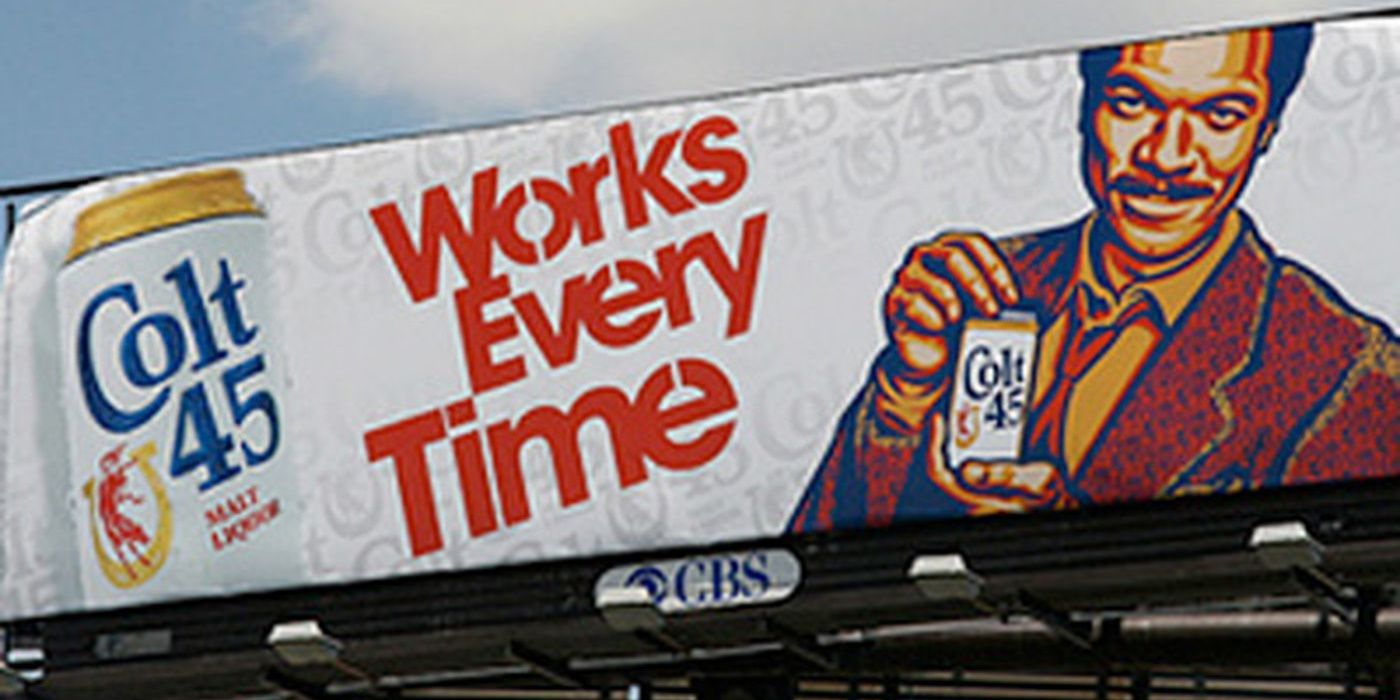
In Living Color did a skit lampooning Bille Dee Williams, spokesperson for Colt 45, which ends with his date in the commercial passing out and Williams pivoting her to a table with the intent to have sex with her unconscious body. Even in the 90s, this skit was considered wildly inappropriate, and after only one airing, the skit was permanently removed and replaced with a skit about the Exxon spill.
Even in subsequent DVD box sets the skit was removed, mirroring a move similar to what Disney did when they removed the Stinky Pete blooper from Toy Story 2 that implied the existence of the casting couch and abuse of power.
Timeless: Black World

In this skit from season one, the talented T’Keyah Crystal Keymáh performs solo, acting as a young black girl waiting for her mother to clean a theater. As she waits, she constructs the mythical “Black World” – a place free of hate and discrimination, where people are celebrated for their blackness and black Barbies are the cultural norm and not the exception.
What was poignant then still staunchly resonates now, alluding to the rise of the Black Lives Matter movement and a nation divided after the polarizing election of Donald Trump into the presidency.
Problematic: Milli Vanilli Do It Yourself Kit
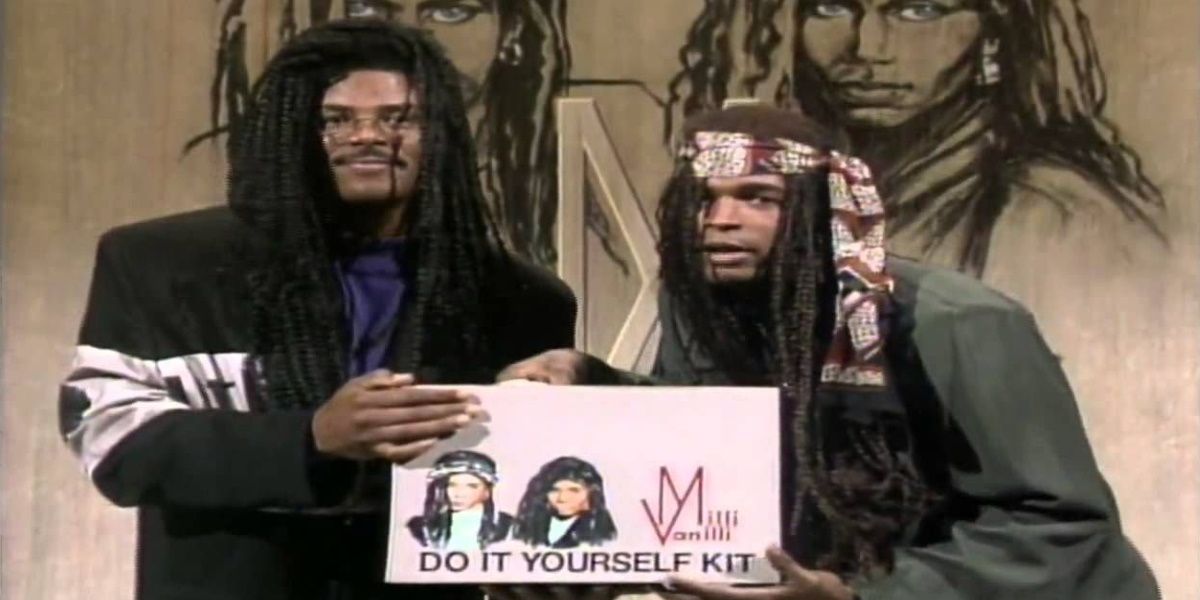
One of the earliest skits featured on In Living Color, brothers Damon and Keenan Ivory Wayans go after the infamous duo Milli Vanilli, making fun of their ridiculous accents, hair and goofy dance movies.
An uproariously funny skit in 1989, this skit suffers from the unfolding dark history of the musical group. After winning the Grammy for Best New Artist in 1989, Fab Morvan and Rob Pilatus were outed for lip-syncing and had their awards taken away. Pilatus would fall into a deep depression after the scandal unfolded and eventually take his own life in 1998.
Timeless: Fire Marshall Bill
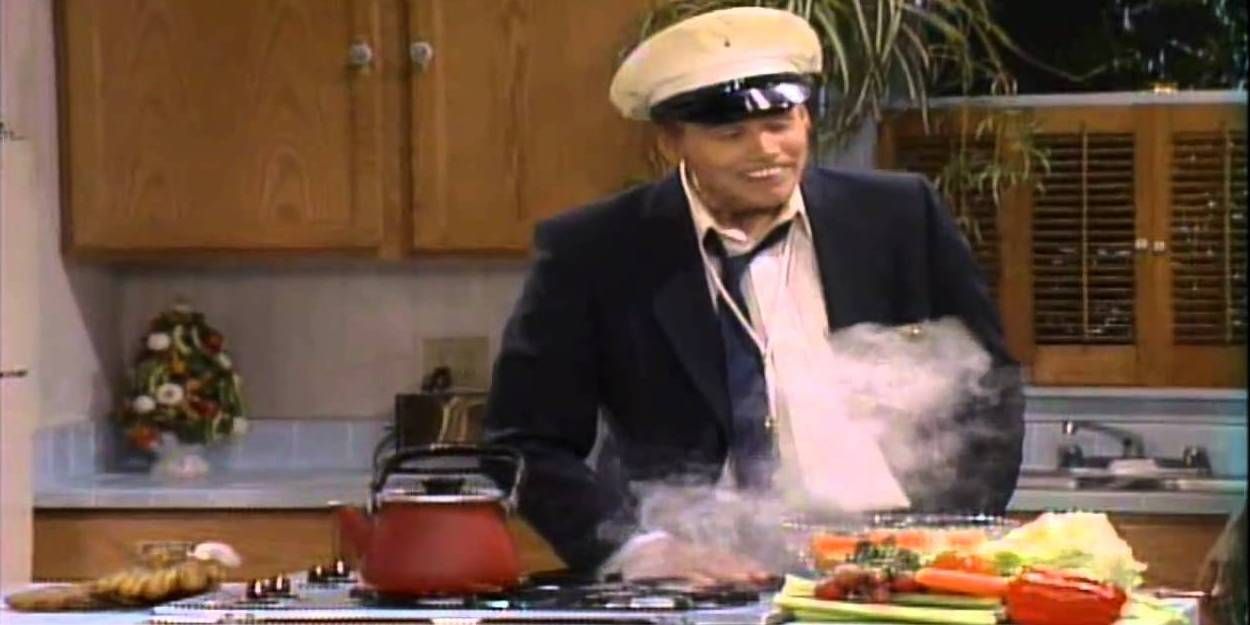
“LEMME SHOW YA SOMETHING!” These four words were the infamous catchphrase of Jim Carrey’s character Fire Marshall Bill. A simple premise with an absurd outcome, Fire Marshall Bill would crash any event or social gathering – be it a wedding, a super bowl party, even someone’s surgery – to give unhelpful fire safety advice, with the punchline always culminating with him burning down an establishment.
In the era of fake news, these skits are still relevant as a healthy reminder to not trust anyone who claims to be an expert on a particular topic.
Problematic: Cosby Condoms
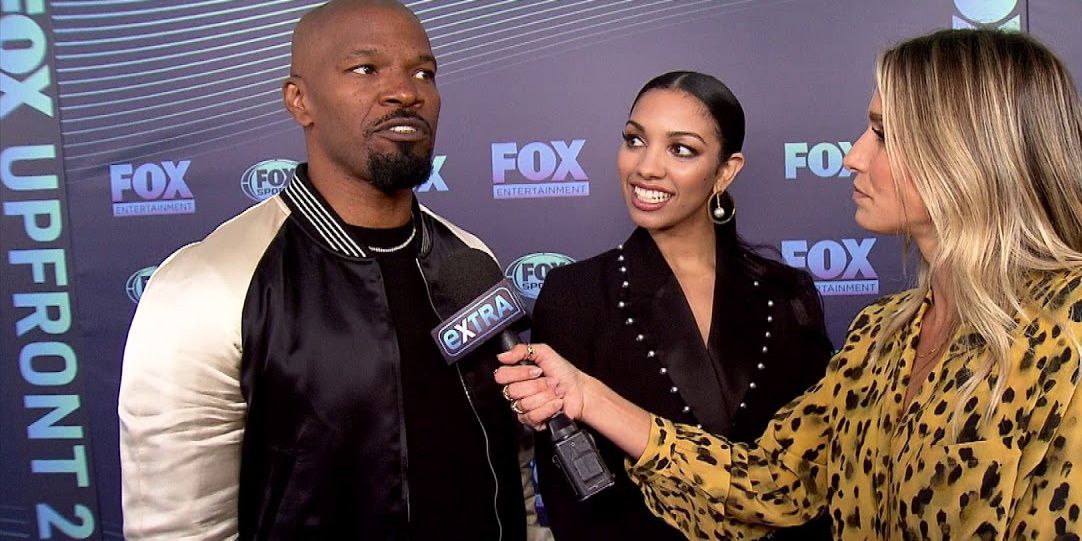
Aside from his recurring appearance as the exceptionally ugly blonde woman Wanda, Jamie Foxx’s other most memorable performance involved impersonating celebrity Bill Cosby. Thus begat the unfortunate skit Cosby Condoms: a segment where Cosby tells his usual anecdotes while also attempting to sell prophylactic devices, espousing the joys of passion fruit flavors and pudding pop metaphors.
The anachronistic combination of television’s wholesome dad hawking sexual protection seemed amusing in the 90s, but given what has come out regarding Cosby in recent years, the skit has become an uncomfortable, cringe-worthy watch.
Timeless: Velma Mulholland
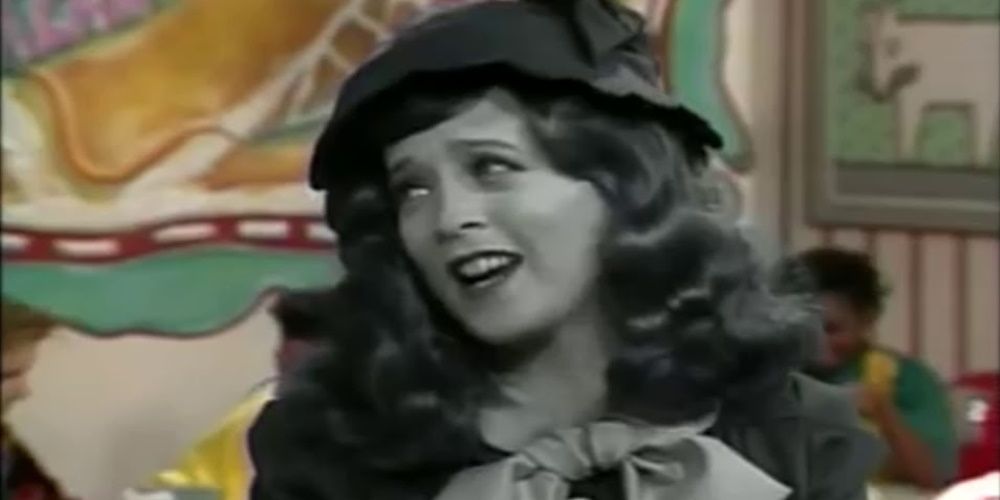
Kelly Coffield was a comedic tour de force on In Living Color, keeping up with boys and capable of doing spot-on impressions of male comedians, from Sam Kinison to Andrew Dice Clay. One of the ways where she was able to truly show off her acting chops was with Velma Mulholland, a character who looked like she was literally plucked from the Silver Screen era of Hollywood, pining for an elusive man named “Johnny”.
Indeed, the appeal of the Velma skits was how she was able to play it straight off her other performers in a contemporary setting. Though her character was inspired by film noir movies of the past, her performance was strong and never felt dated, and affirmed her status as a truly talented comedienne.
Problematic: Handi Man

Damon Wayans had created a lot of memorable characters for In Living Color. One of his less PC personalities was the character Handi Man, a handicapped superhero with an unspecified disability (most likely cerebral palsy) who fought crime and brought to justice those who needed it in a world that deigned to “underestimate the powers of the handicapped”.
While the skit was well-intentioned at the time, in today’s political and cultural climate, even Handi Man’s name has fallen out of favor, with the term “accessible” preferred over such outdated terminology as “disabled” or “handicapped”.
Timeless: Homey D. Clown
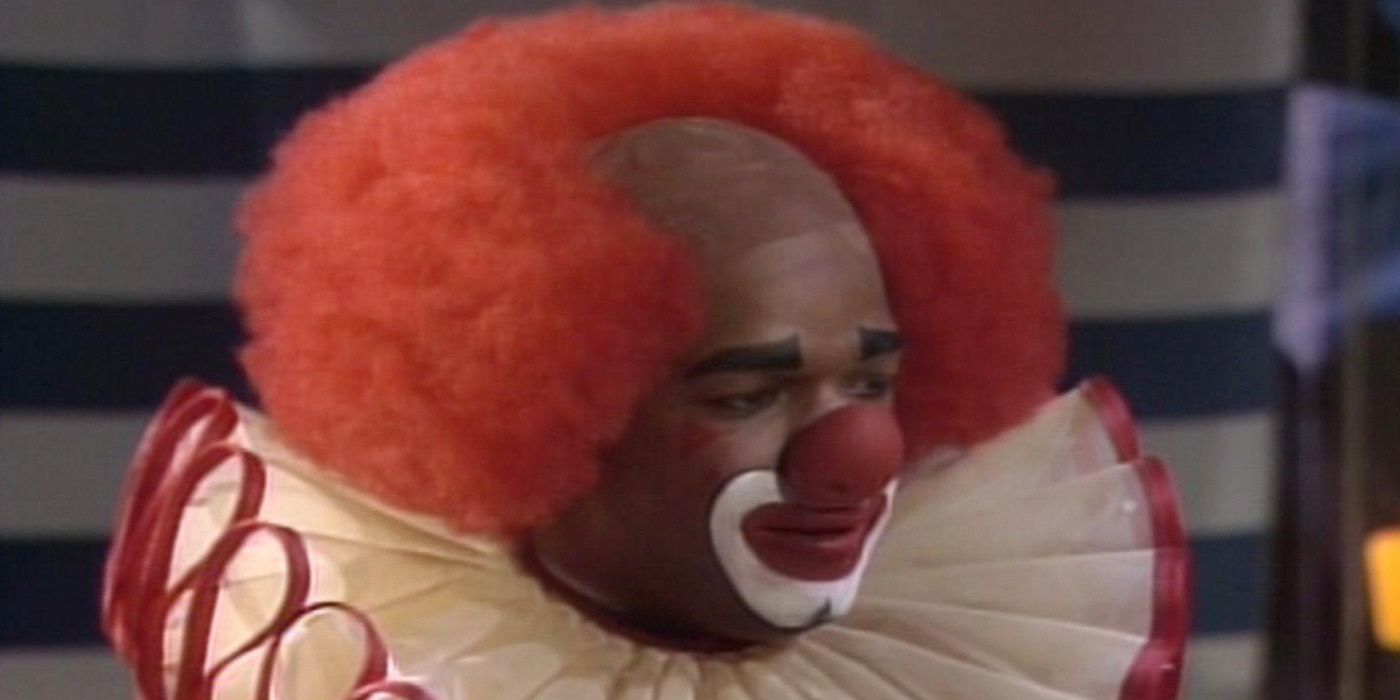
One of the most popular and recognizable characters from In Living Color. Homey D. Clown was a sketch that followed the adventures of a black clown recently released from the prison system with an exceptionally large chip on his shoulder. Most of the skits followed the same formula, with Homey being introduced in a setting where the humor and mirth of clowns would be expected, such as the circus or a child’s birthday party.
Homey would set the audience straight, often using a balled-up sock within another sock to physically “correct” hapless people (usually Tommy Davidson) before saying his famous catchphrase: “Homey Don’t Play That”. As with the aforementioned “Black World”, Homey would feel right at home in a modern-day sketch comedy, as the anger resonating within the black community over centuries of injustice is not something that would easily go away.
Problematic: Men on Film
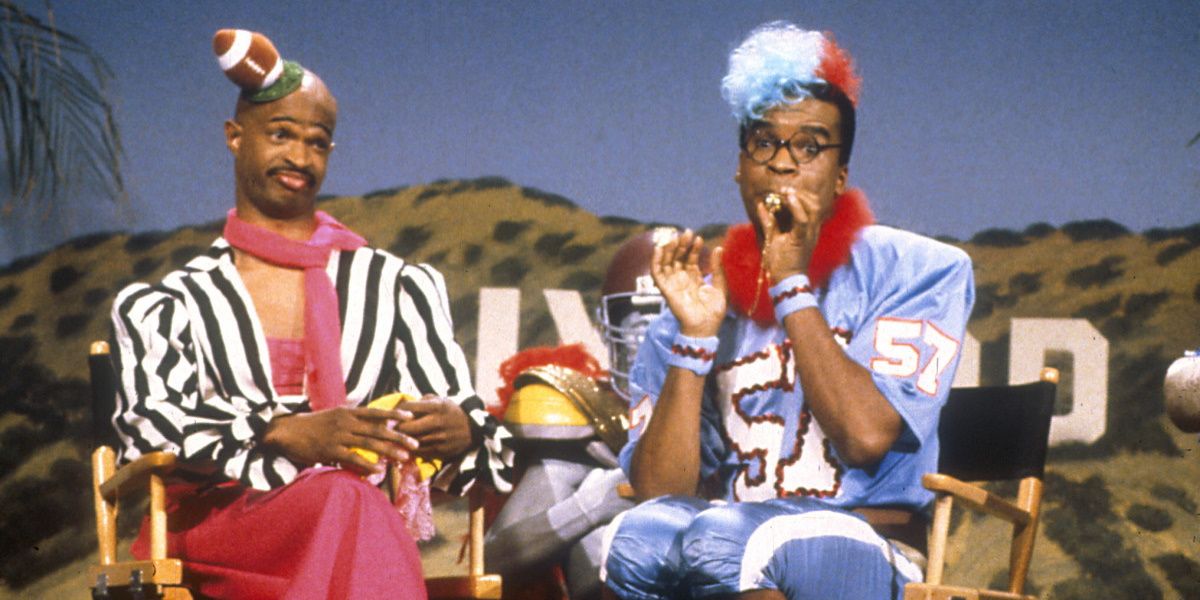
“Men and Film” starred Damon Wayans and David Alan Grier as two fey, effeminate film critics who reviewed recent films, often favoring ones with male leads and turning up their noses to female-centric movies, decrying that they “Hated It”. It was one of In Living Color’s most commonly occurring skits, but its depiction of homosexuals contained a deep undercurrent of homophobia to them.
The humor found in this skit is definitely left to a bygone time, and it can be embarrassing to see it evoked today; take Marlon Wayans’ depiction of a gay Martin Luther King Jr. in his Netflix comedy special, Woke-ish; such jokes no longer have any place in the media and proves that society still has a long way to go.




